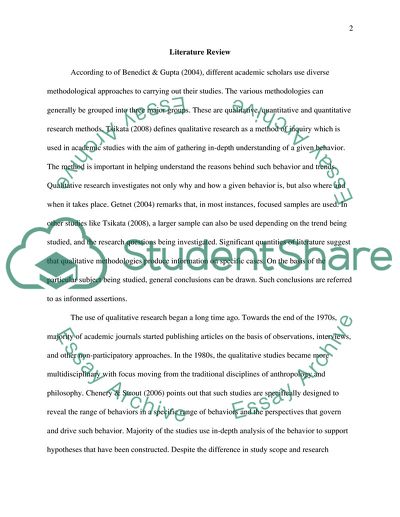Cite this document
(“Research Methodological Approaches Essay Example | Topics and Well Written Essays - 1750 words - 1”, n.d.)
Retrieved from https://studentshare.org/education/1683091-critically-analyse-and-evaluate-different-research-methodological-approaches-applied-in-academic-journal-articles-abs-ranking-3-and-above
Retrieved from https://studentshare.org/education/1683091-critically-analyse-and-evaluate-different-research-methodological-approaches-applied-in-academic-journal-articles-abs-ranking-3-and-above
(Research Methodological Approaches Essay Example | Topics and Well Written Essays - 1750 Words - 1)
https://studentshare.org/education/1683091-critically-analyse-and-evaluate-different-research-methodological-approaches-applied-in-academic-journal-articles-abs-ranking-3-and-above.
https://studentshare.org/education/1683091-critically-analyse-and-evaluate-different-research-methodological-approaches-applied-in-academic-journal-articles-abs-ranking-3-and-above.
“Research Methodological Approaches Essay Example | Topics and Well Written Essays - 1750 Words - 1”, n.d. https://studentshare.org/education/1683091-critically-analyse-and-evaluate-different-research-methodological-approaches-applied-in-academic-journal-articles-abs-ranking-3-and-above.


